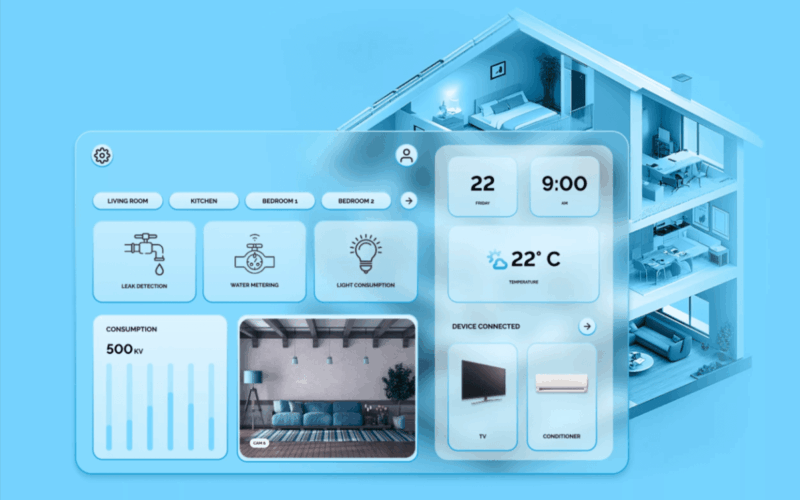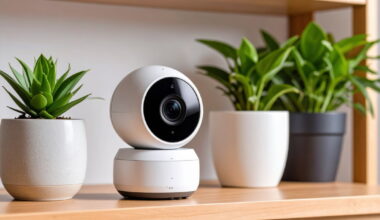The systems, pipes, and wires that supply water, electricity, and gas to our homes have operated in the same manner for years. But today, these vital services encounter fresh obstacles. Aging infrastructure, harsh weather, and population growth strain our utilities. Innovative utility companies are now looking to smart technology for answers. The Internet of Things (IoT) links common items to the internet, enabling them to transmit and obtain data. For utilities, this establishes a system of sensors and devices that track everything from water pressure to electrical lines. These systems detect problems before they cause issues. Integrated utilities provide reliable and affordable service.
Catching Leaks Before They Become Floods
Water utilities lose billions of gallons yearly from leaks. Conventional techniques identify these issues only after water shows up on roadways or when customer charges increase. IoT entirely transforms this method. Water system sensors measure pressure, flow, and pipe sounds.
These instruments identify small alterations that indicate the onset of a leak. Water utility employees get notifications on their phones or computers indicating precisely where to look. Many minor leaks are repaired before clients detect any problems.
Keeping the Lights On During Storms
Power failures result in billions of dollars in losses for the American economy every year. IoT solutions for utilities helps to avoid many disruptions. This is according to the experts at Blues IoT. Intelligent devices continuously track power lines, transformers, and various equipment. They inspect for indications of wear or damage prior to any failures happening.
In stormy weather, these systems gain additional significance. Sensors identify the first areas to lose power and assist crews in responding more quickly. Certain systems automatically redirect electricity away from damaged areas, maintaining connections for more customers. Weather stations linked to the utility grid offer advance alerts regarding incoming storms. This allows repair teams to place themselves in areas where issues are expected to arise. The outcome is reduced outages and quicker restoration of service when issues occur.
Managing Energy Use in Real Time
Our electricity methods are constantly changing. Solar panels create power when it’s sunny. Wind turbines generate power in the wind. IoT helps utilities match supply and demand. Smart meters and connected devices track daily energy use.
Utilities use this data to manage power plants and buy extra electricity. The system functions like an electricity traffic report, indicating congestion before it leads to issues. Some utility companies now provide programs that allow customers to receive payments for lowering energy consumption during peak demand times. IoT enables these programs by tracking engagement and computing savings. Everyone gains from a more stable grid and lower peak power costs.
Protecting Critical Infrastructure
Utilities have security problems in the real and virtual worlds. IoT safeguards these vital services against threats. Cameras and motion detectors oversee distant sites such as water reservoirs and power substations. They notify security teams right away if anyone accesses restricted zones.
IoT also enhances digital security. Contemporary systems identify abnormal patterns that could suggest hacking attempts. If an individual attempts to improperly access control systems, the network immediately flags the action. These safeguards become more critical as utilities link a greater number of their functions to the internet. The aim is to reap the advantages of connectivity while ensuring robust security.
Conclusion
American utilities are rapidly evolving with IoT. Water, electricity, and gas systems become smarter yearly. Problems are fixed before customers notice. Resources are used more efficiently, keeping costs down. Employees focus less on immediate repairs, more on system improvements. Intelligent technologies are key for reliable service given climate and infrastructure challenges. Though they might look the same initially, tomorrow’s utilities will rely on a complex system of interconnected devices to function effectively.








